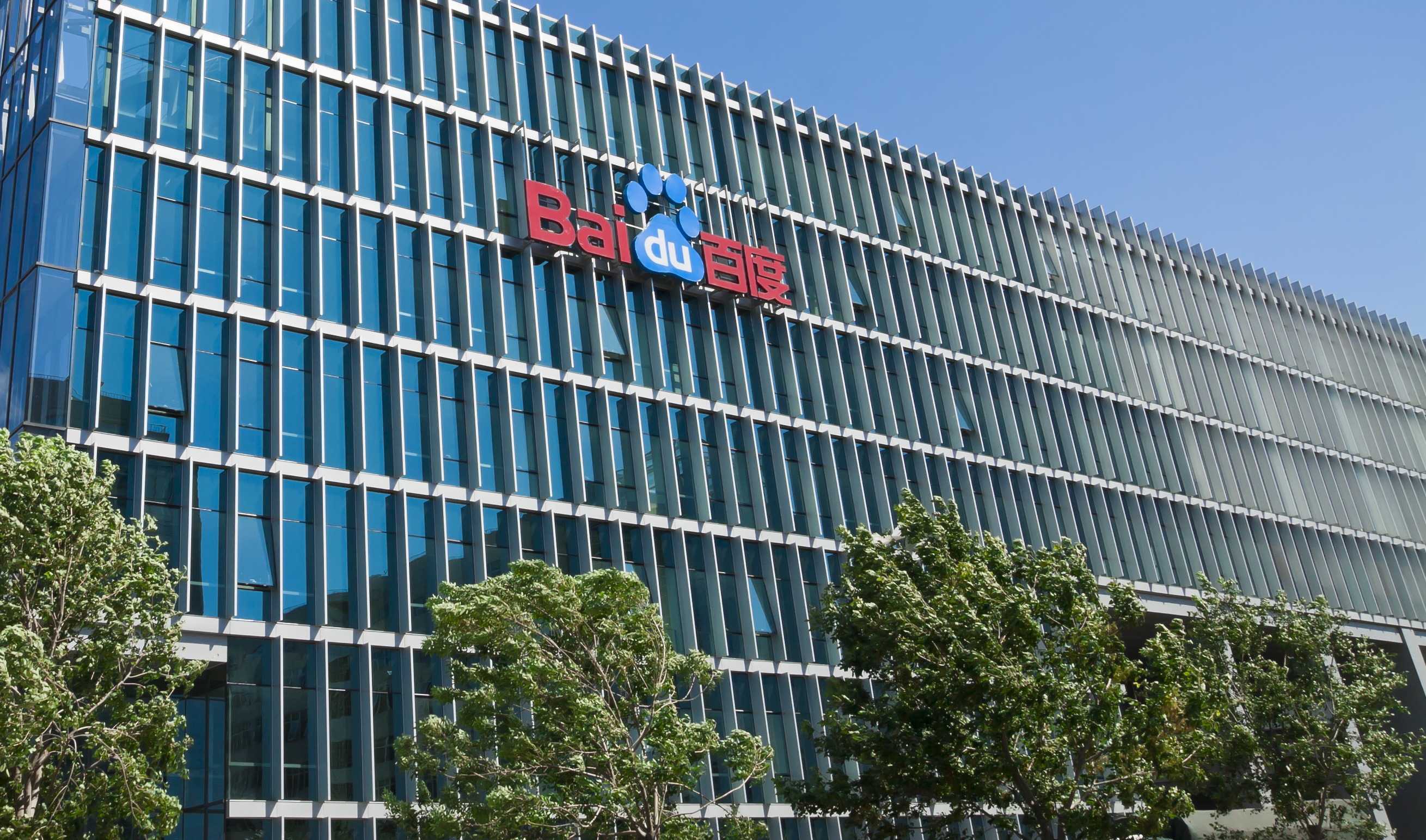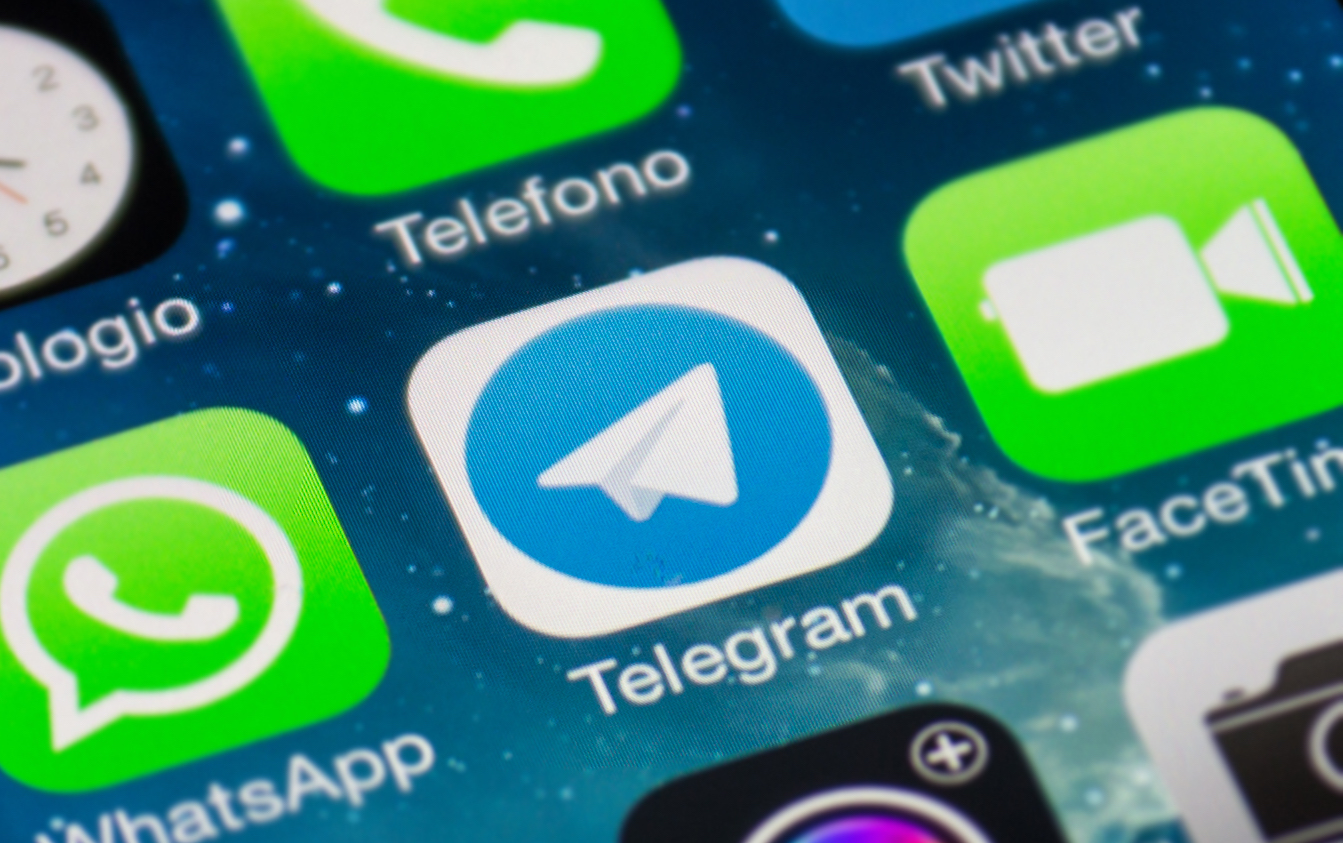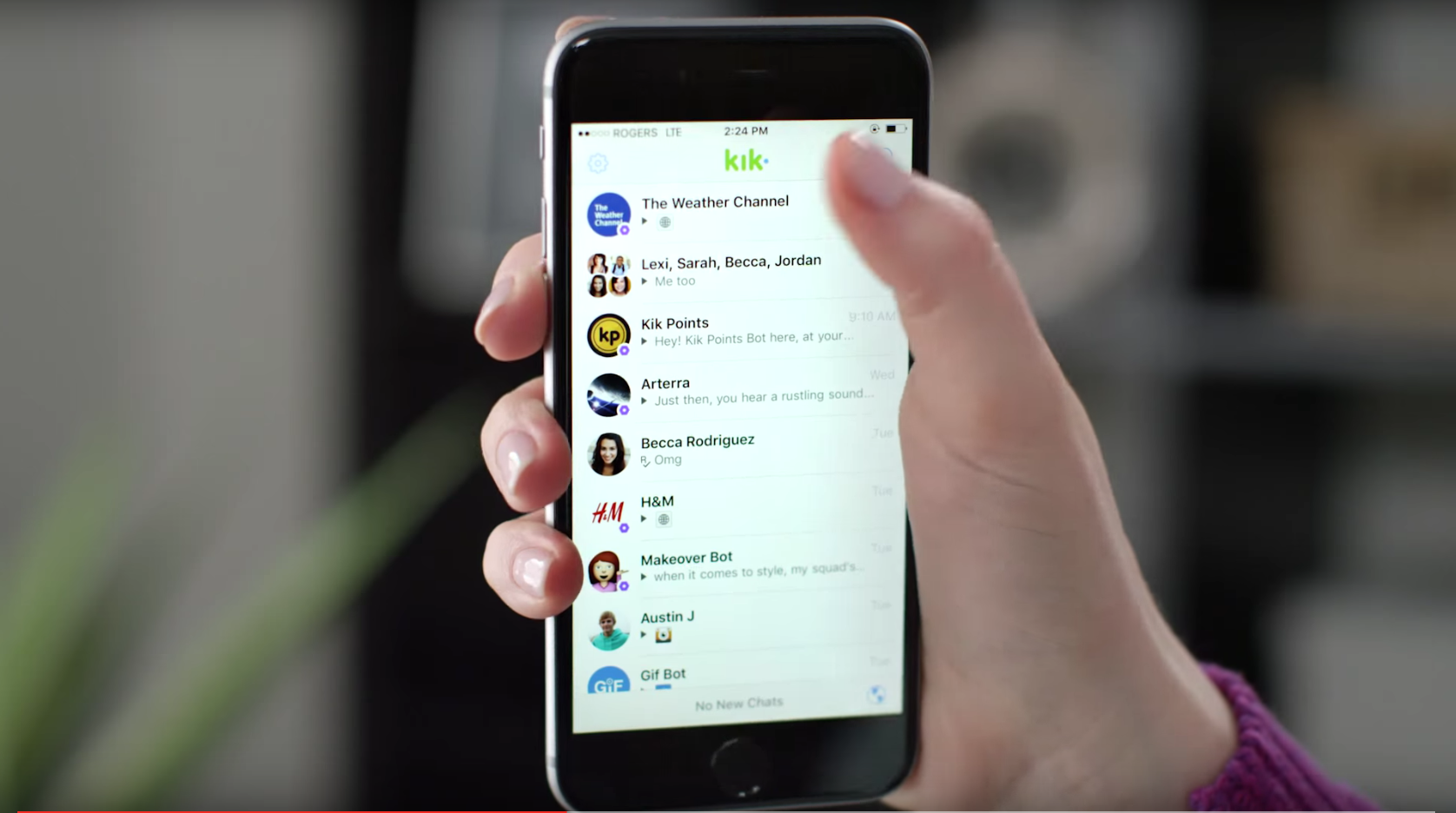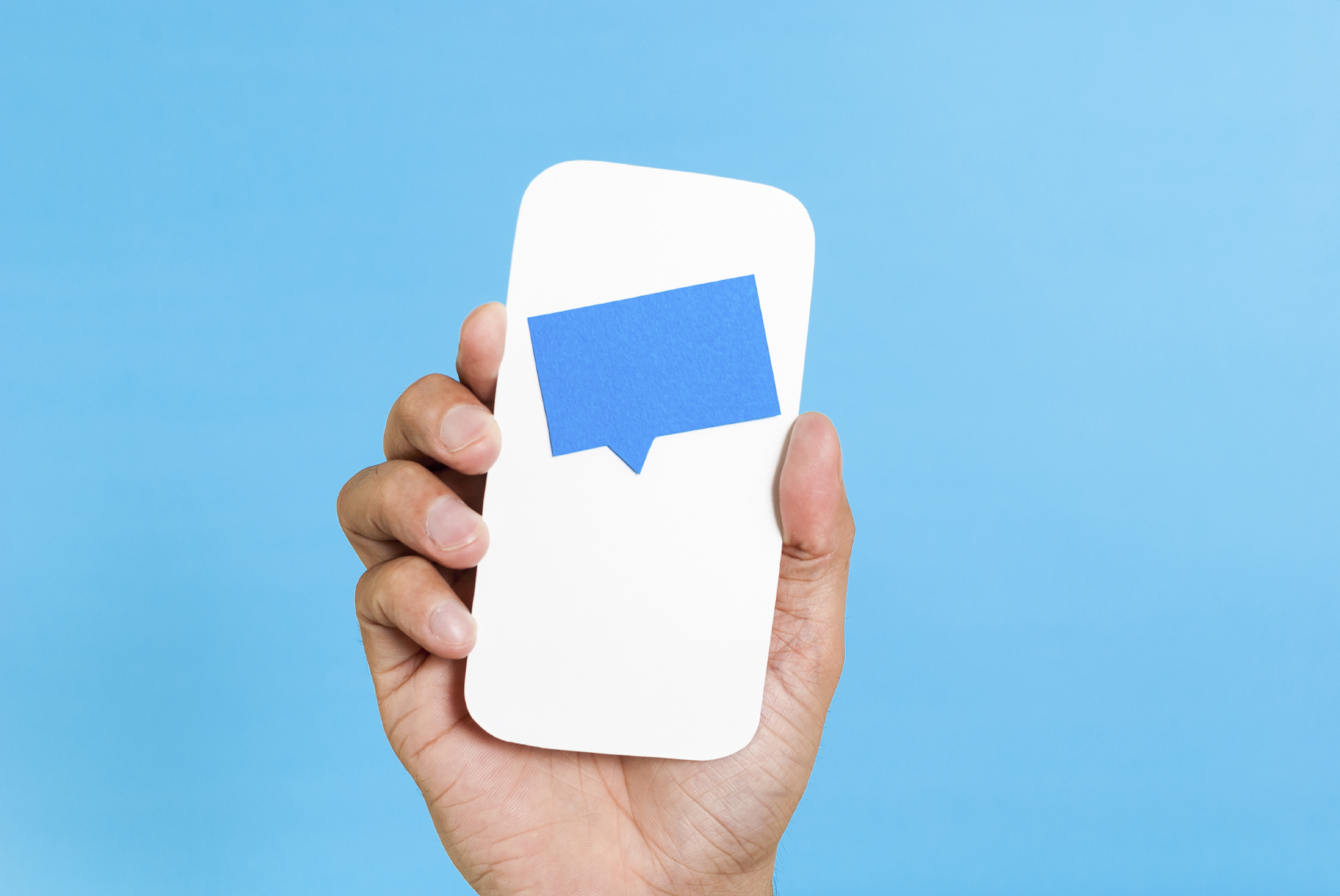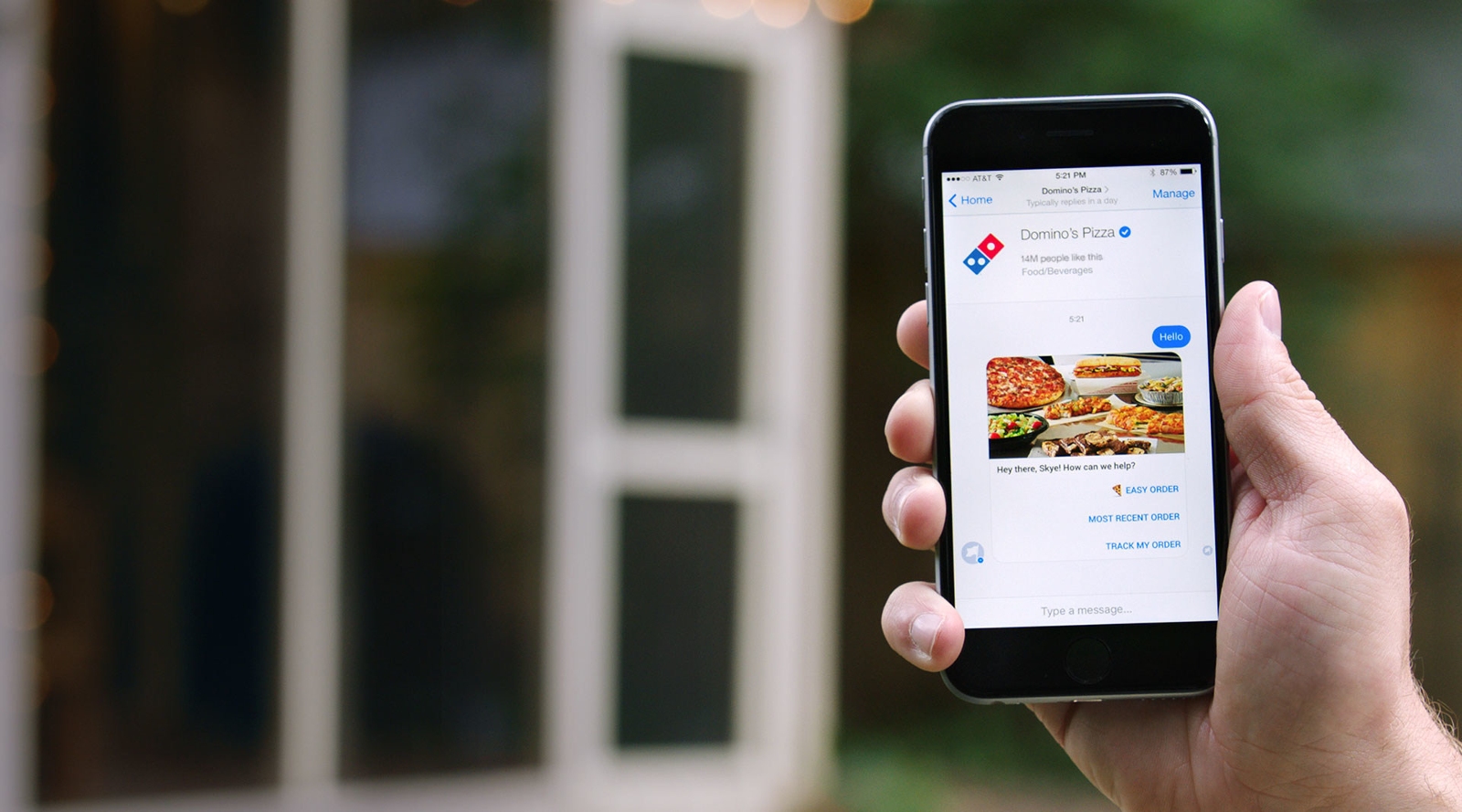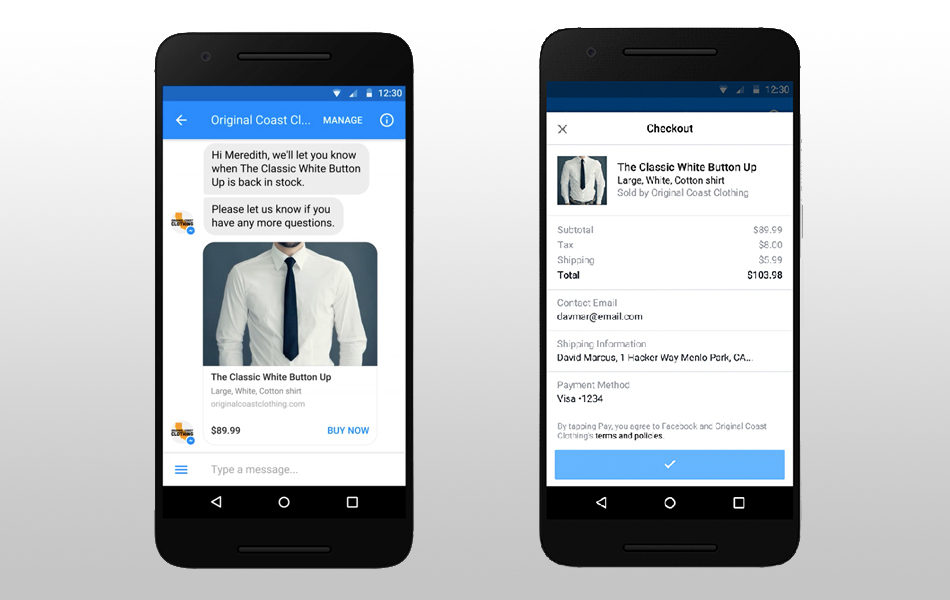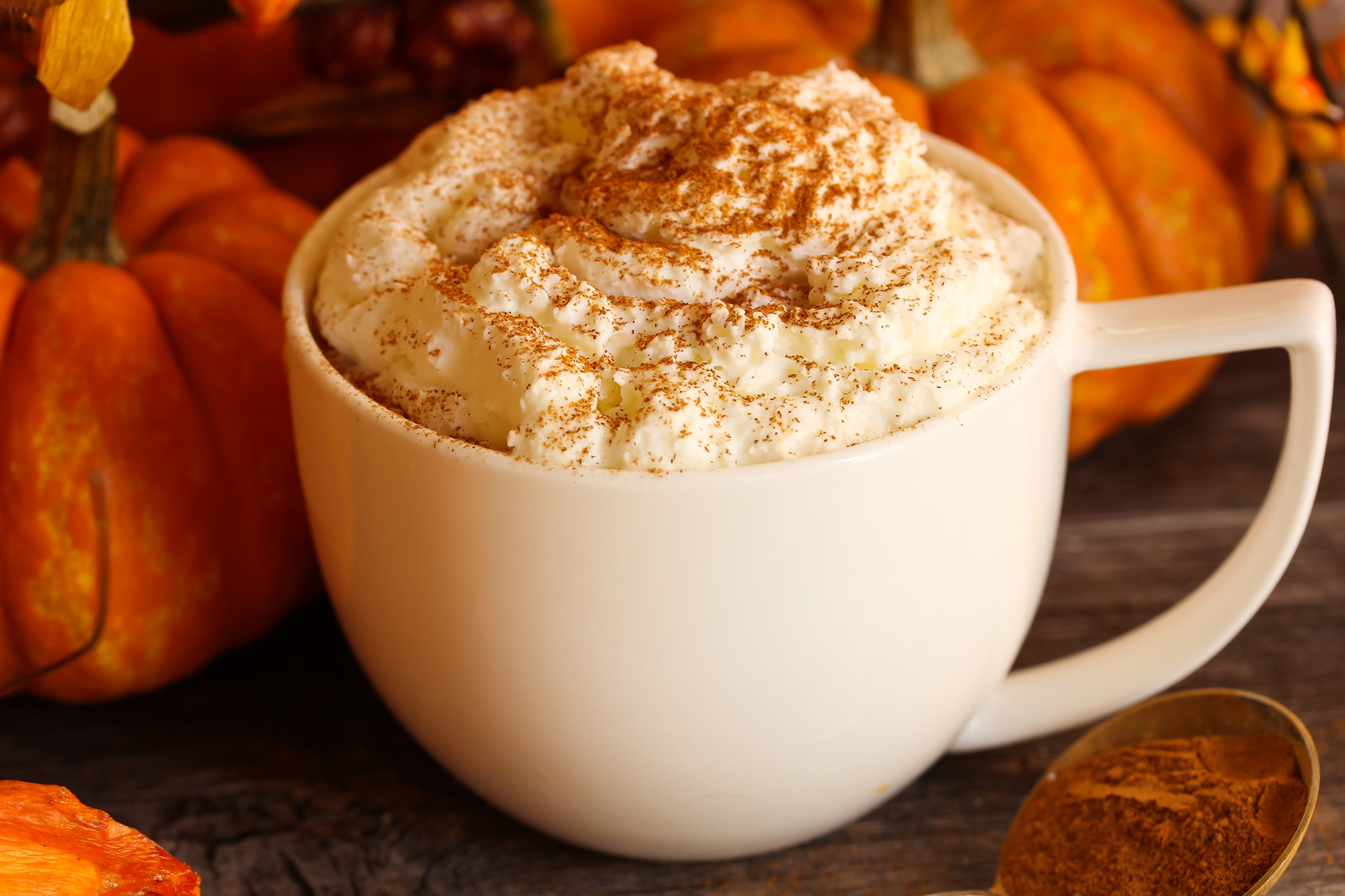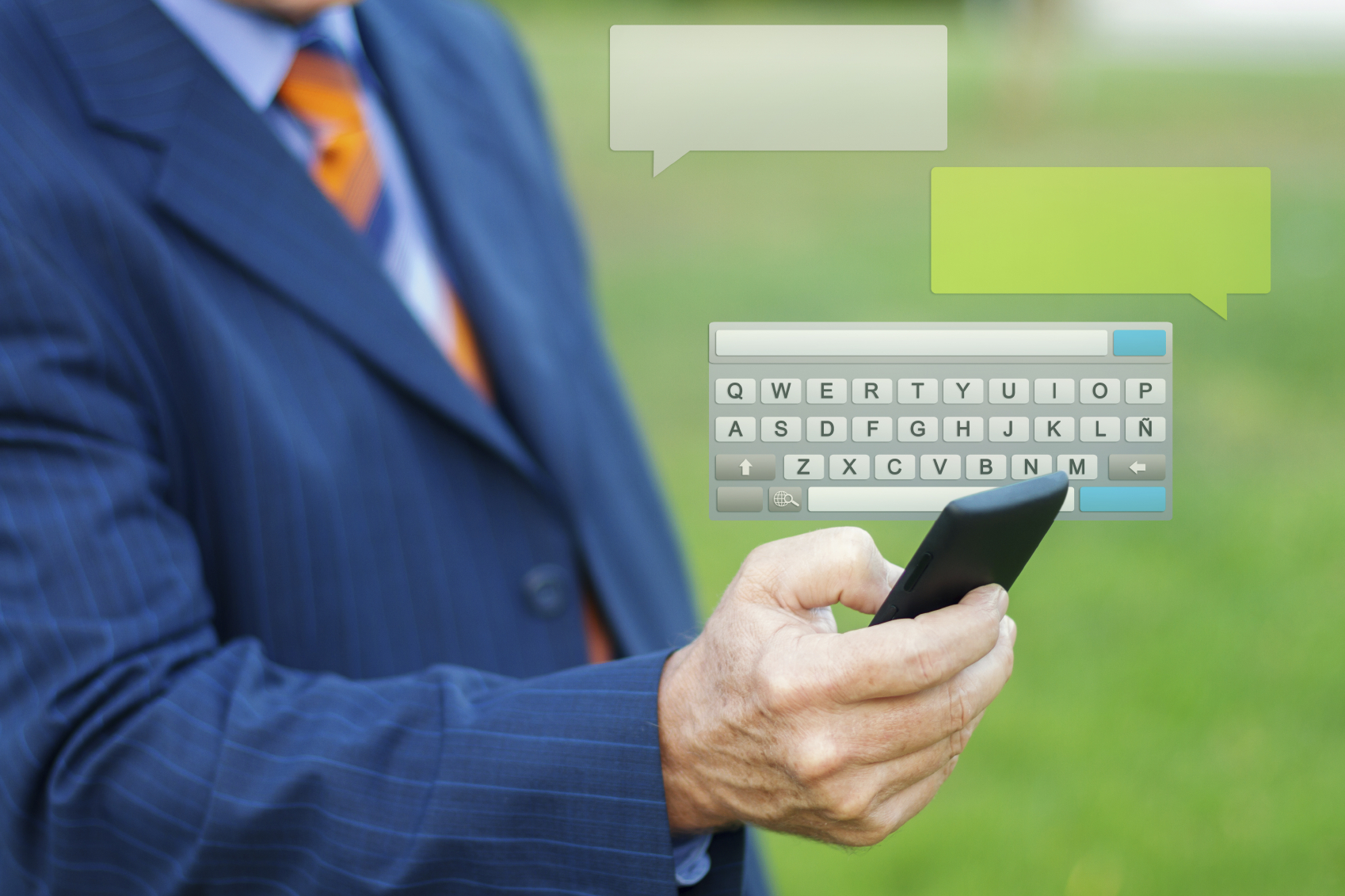What Happened
Baidu, typically referred to as China’s Google, launched a medical chatbot that aims to speed up the diagnosing process and help doctors collect patient information. The bot, named Melody, lives in the Baidu Doctor app, which launched in China in 2015 and aims to connect patients to local doctors for inquiries and booking appointments. Melody, only available in China right now, is powered by Baidu’s deep learning and natural language processing systems. It prompts users with generic questions, such as asking for the demographic info of the patient, what medications they are on, and how long a symptom has lasted, in order to gather sufficient information to pass to doctors for diagnosis.
What Brands Should Do
While Melody does not present any marketing opportunity for brands, it is still notable as a rare use case of chatbots in the healthcare field. This chatbot is also notable for its limited capability as Baidu stresses that Melody is not supposed to replace human doctors, but instead acts as a physician’s assistant and does prep work for them. This mirrors the Lab’s take on branded chatbots: they are great for handling basic customer service and other single-focus tasks such as gathering information and feedback. With more and more smartphone users opting to communicate via messaging apps, it is time for brands to consider developing chatbots in order to modernize their customer experience.
The Lab has extensive knowledge about building chatbots. If you’re interested in reaching your audience on messaging apps and better serving them with a chatbot, please contact our Client Services Director Samantha Holland ([email protected]) for more information or to schedule a visit to the Lab.
Source: The Verge
